Analysis of the Function and Synergy of RCU and BMS in Battery System
In modern times battery System especially in the fields of new energy vehicles and energy storage equipment, battery management and control are the core links to ensure system safety, performance and service life. RCU(Remote Control Unit, Remote Control Unit) and BMS(Battery Management System, Battery Management System) are two key modules in the Battery System. Although their functions and responsibilities are different, however, the two work closely together to ensure the efficient and safe operation of the battery pack. This article will analyze RCU and BMS in detail from the aspects of definition, function, application and coordination, etc. to help readers understand the function of these two modules in the battery system.
I. Definition of RCU and BMS
1. RCU(Remote Control Unit)
RCU is the remote control unit, which is one of the control cores in the battery system and is mainly responsible for the remote monitoring and management of the battery system. It is usually used as a bridge between battery system and external equipment (such as vehicle controller, monitoring platform, etc.), and realizes information exchange and instruction transmission through communication interface. RCU can adjust the working mode of the battery, control the charging and discharging behavior, and implement protection policies according to external commands and system status.
2. BMS(Battery Management System)
II. Function comparison between RCU and BMS
1. Main functions of BMS
- data collection and monitoring: real-time collection of battery cell voltage, group voltage, current, temperature and other data to monitor battery status.
- State Estimation: calculates important indicators such as the state of charge (SOC), State of Health (SOH), and remaining capacity of the battery.
- Security Protection: determine whether there are abnormal over-voltage, under-voltage, over-current, over-temperature, etc. based on the test data, and implement protection measures such as power failure and current limiting.
- Balanced management: through active or passive equalization technology, ensure the same voltage between battery cells and prolong battery life.
- Fault Diagnosis: identifies battery cells or system exceptions, generates alarm information, and supports rehabilitation and repair.
2. Main functions of RCU
- Remote monitoring and control: receive instructions from the vehicle or system controller, feed back the battery system status in real time, and realize remote operation.
- Charge and discharge management: optimize energy usage based on control battery charging and discharging processes required by the system.
- Communication Management: as a communication bridge, coordinate multi-party data exchange between BMS and vehicle controller, background server, etc.
- Policy Execution: adjust the battery operation mode according to the system policy, such as energy saving mode, performance mode or protection mode.
- Data integration and Upload: integrate data collected by modules such as BMS and upload it to the monitoring platform or cloud to realize remote data analysis.
III. Application scenarios of RCU and BMS
1. Application of BMS
BMS is widely used in various battery systems, especially power battery pack. Its core function is to ensure battery safety, prolong service life and improve energy utilization efficiency. BMS is an essential module for electric vehicles, electric tools, energy storage systems, and unmanned aerial vehicles.
2. RCU application </span>
RCU is mainly used in scenarios requiring remote monitoring and control, such as battery system management, intelligent energy storage system, and remote O & M scenarios of new energy vehicles. RCU can realize remote monitoring, status feedback and control instruction delivery of battery system to meet the requirements of intelligent management.
IV. Synergy between RCU and BMS
although RCU and BMS are respectively responsible for different functions, they are inseparable in the battery system and cooperate with each other to form a complete battery management and control system.
1. Information interaction and data sharing
BMS is responsible for collecting and processing real-time battery data, while RCU is used as the gathering and transmission node of information, and transmits the battery status information collected by BMS to the vehicle controller or remote monitoring platform. At the same time, RCU passes relevant commands to BMS according to external control commands and policies to guide it to adjust battery operating parameters.
2. Collaborative implementation of protection policies
when the BMS detects an exception, it sends an alarm signal to the RCU. The RCU responds according to the overall condition of the system, such as cutting off the power output and limiting the power, to ensure system safety. On the contrary, RCU will also operate according to the vehicle or system.For line requirements, issue instructions to adjust the protection parameters or operation mode of the BMS.
3. Coordination of charge and discharge management
BMS monitors the battery status in real time to provide security for the charging and discharging process; RCU controls the start and stop of the charging and discharging process according to the overall system requirements, and optimizes the battery performance and energy utilization.
4. System performance optimization
through the close cooperation between RCU and BMS, the dynamic management and optimization of battery system can be realized. For example, in high load or low temperature environment, RCU can adjust the working strategy, while BMS adjusts the protection and balancing scheme according to the actual battery status to achieve a balance between system performance and safety.
RCU and BMS, as two key modules with different functions but complementary functions in the battery system, undertake different tasks respectively. BMS focuses on the status management and safety protection of battery cells and groups, and is the "guardian" of the safe operation of batteries; While RCU undertakes more system-level remote control and management, it is a "bridge" between the battery system and the external environment ". Through data sharing, instruction transmission and policy coordination, the two realize the overall control and management of the battery system and ensure the safe, efficient and reliable operation of the battery system.
 Dongguan Juneng New Energy Technology Co., Ltd.
Dongguan Juneng New Energy Technology Co., Ltd.
 137 5142 6524(Miss Gao)
137 5142 6524(Miss Gao)
 susiegao@power-ing.com
susiegao@power-ing.com
 Xinghuiyuan High tech Industrial Park, Dalang Town, Dongguan City, Guangdong Province
Xinghuiyuan High tech Industrial Park, Dalang Town, Dongguan City, Guangdong Province
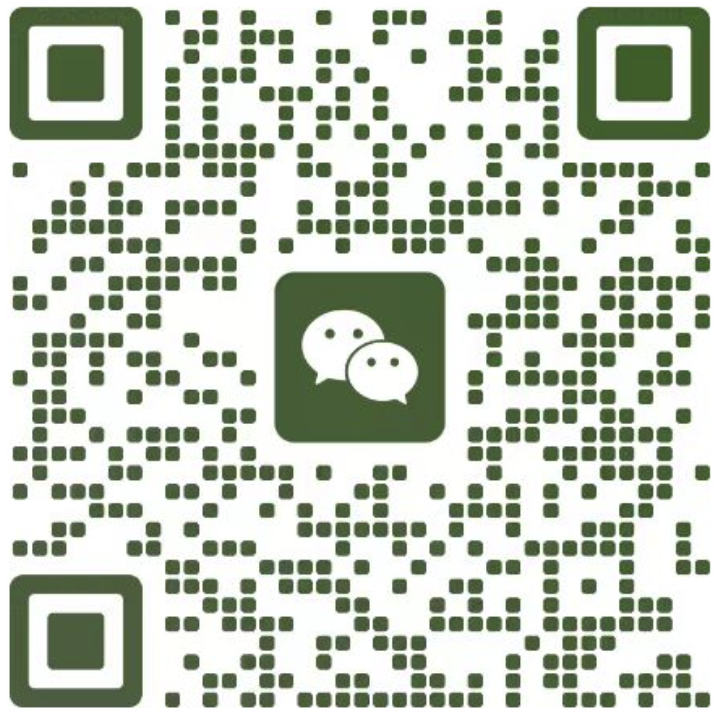

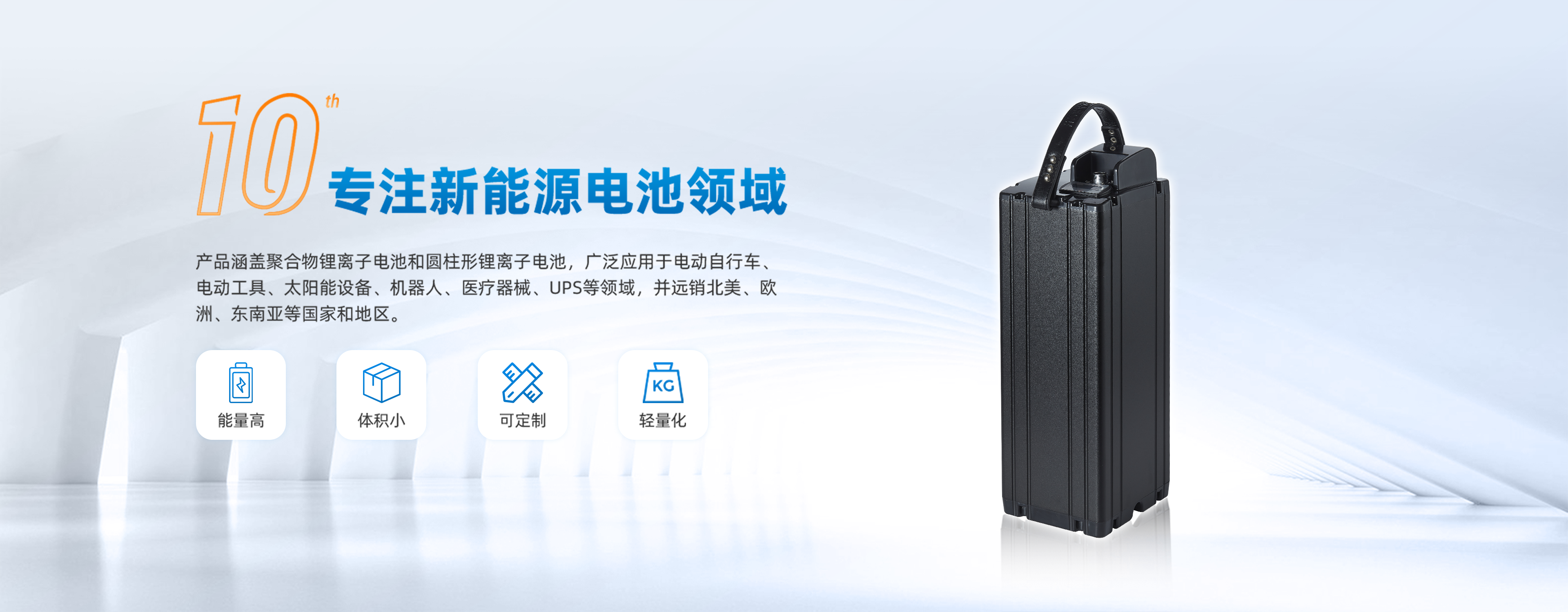
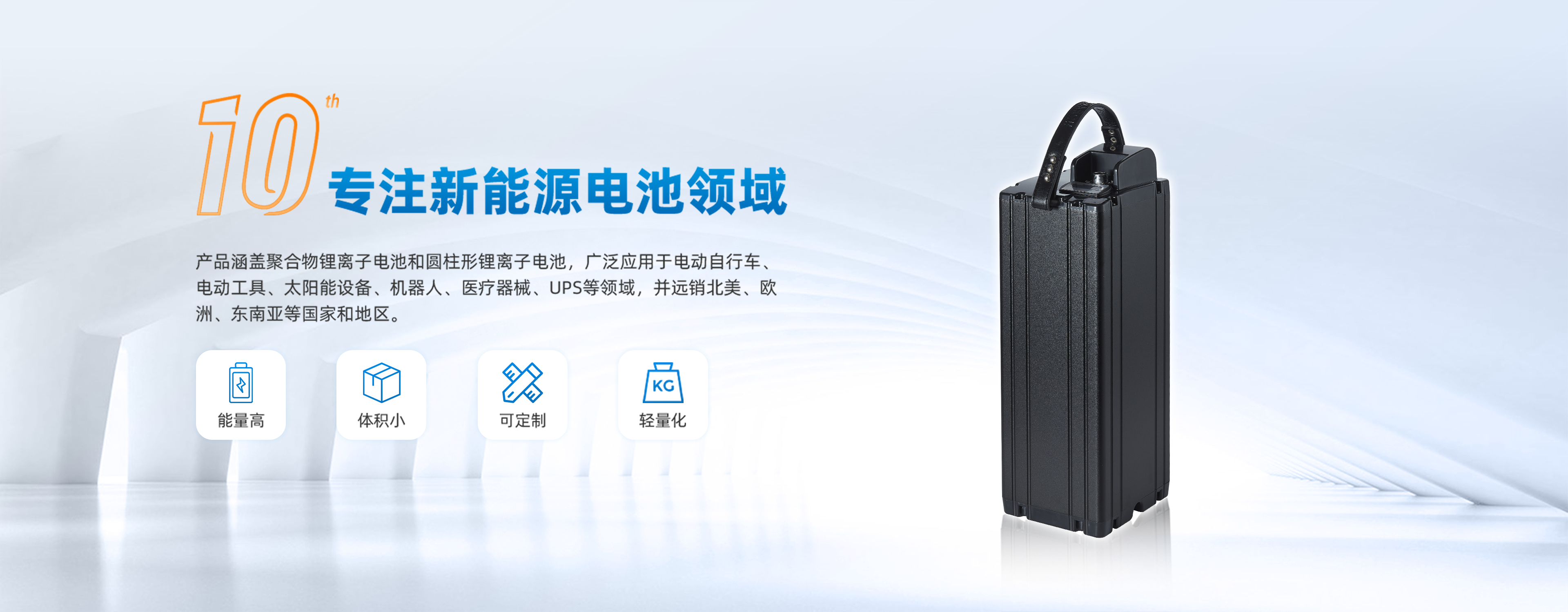
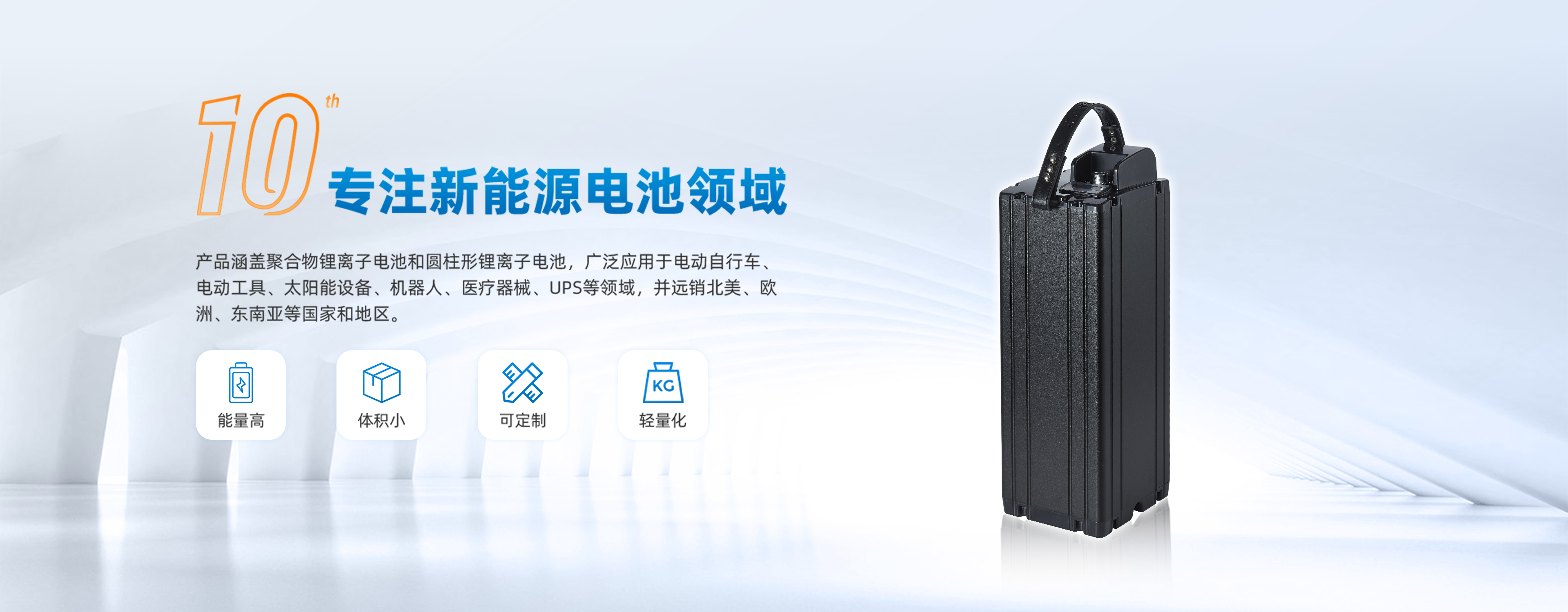


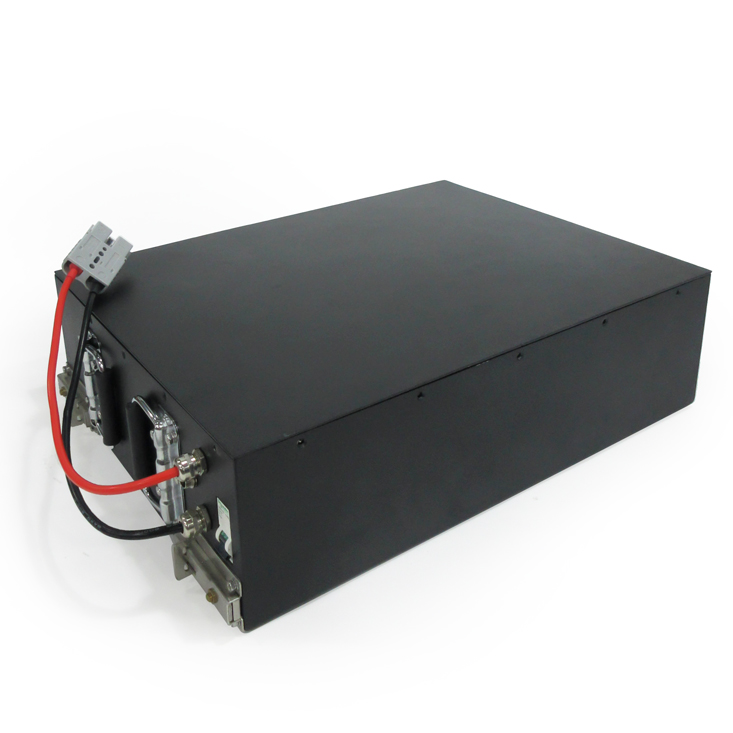
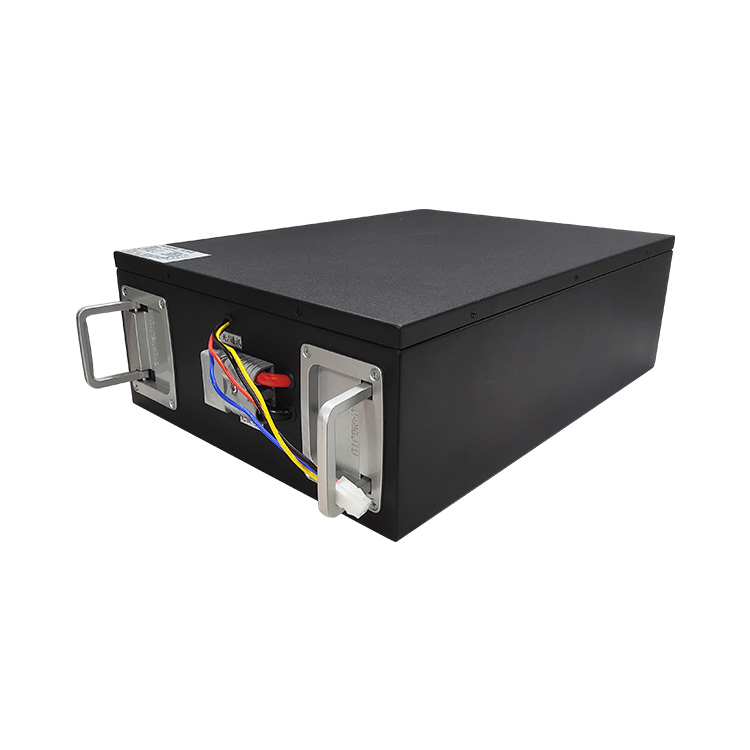
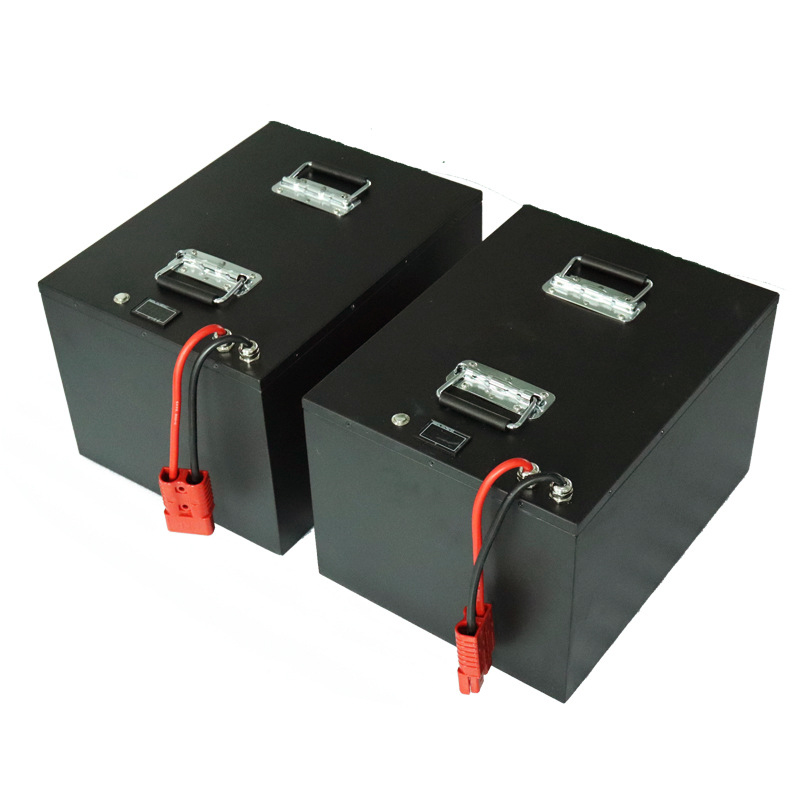

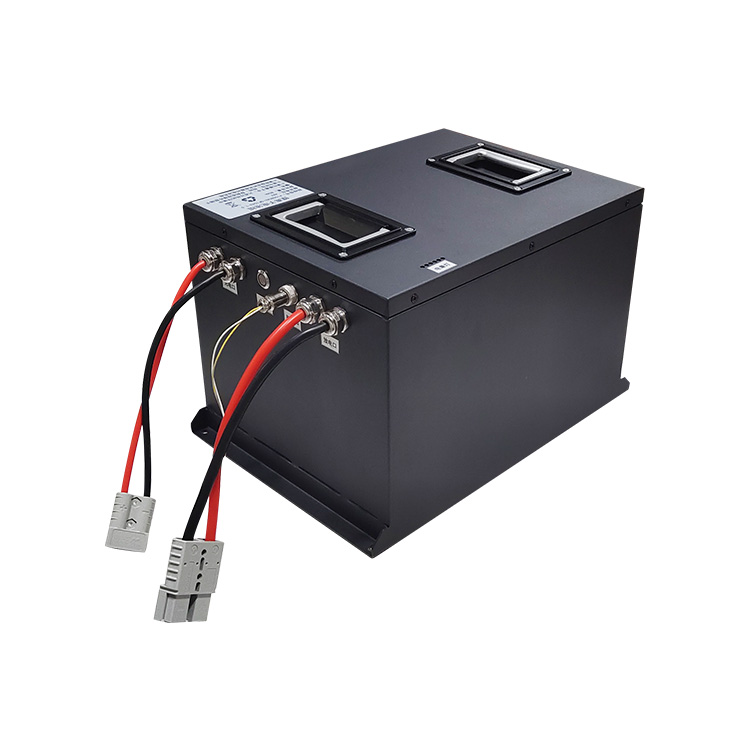

 Yue Gong Wang An Bei No. 4419002007491
Yue Gong Wang An Bei No. 4419002007491